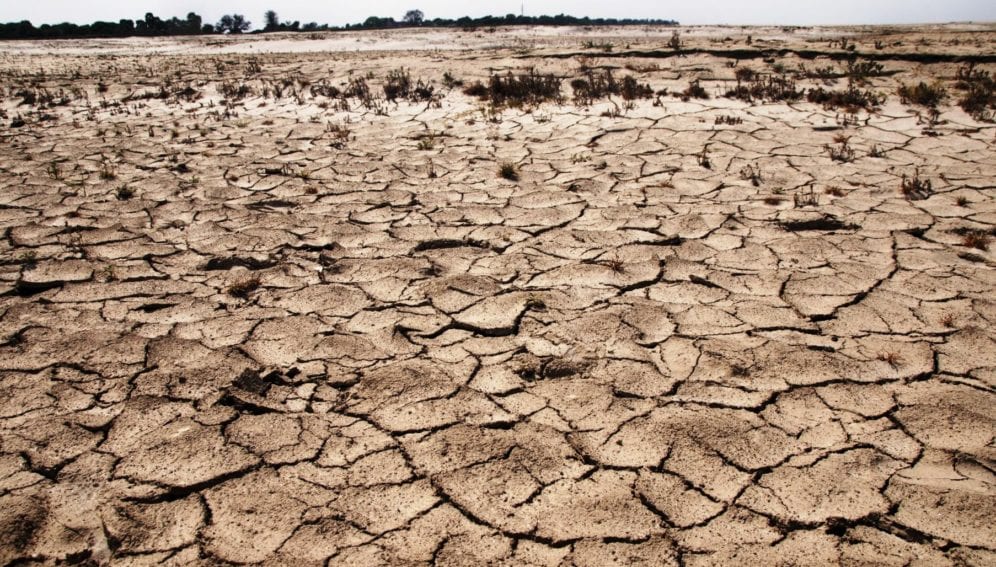By: Archita Bhatta
Send to a friend
The details you provide on this page will not be used to send unsolicited email, and will not be sold to a 3rd party. See privacy policy.
[NEW DELHI] Climate scientists say that a heat wave that is currently gripping large parts of the Indian sub-continent and has caused more than a thousand deaths over the last two weeks may be a sign of hotter times to come.
Of the 1,826 deaths reported a large proportion was from the Telengana region on the south-eastern coast of peninsular India. On 23 May, Khammam town in Telengana recorded 48 degrees Celsius.
“Normally, during May end, areas in the south and east receive moisture-laden south-westerly winds,” explains Subimal Ghosh, a professor at the Indian Institute of Technology-Bombay (IIT-B), Mumbai, specialising in rainfall projections under climate change. “Instead, this year, dry desert winds from the western part of the sub-continent have been hitting the eastern coast and increasing temperatures in these regions.”
Ghosh co-authored a study published April in Regional Environmental Change that predicted that between 2070 and 2099 India will experience intense, longer duration heat waves at a higher frequency.
The study by scientists from IIT- B, Tata Institute of Social Sciences, Mumbai, and Monash University, Australia also said that southern India, normally spared heat waves, would be severely affected by the end of the century.
India Meteorological Department (IMD) declares a severe heat wave when the maximum temperature recorded in a single day exceeds 45 degrees Celsius, irrespective of the average, normal maximum temperature for a particular region. If the maximum temperature is less than 45 degrees Celsius, it can still be declared a severe heat wave day, provided the maximum temperature is seven degrees greater than the normal average.
According to the study, in northern India, the average number of severe heat wave instances may reach 30 during the pre-monsoon hot season, leading to increased mortality rates. In the 1978—1999 period, there were 223 heat wave instances, resulting in 5,300 deaths.
D. Sivananda Pai, head of long-range forecasting at IMD, agrees that heat wave days are on the increase in parts of India. His paper published in Mausam, the IMD journal, in October 2013, used 1961—2010 data to show an increasing trend in the number of severe heat wave days in the north, north-western and central India.
Prolonged increase in temperature during a severe heat wave can produce fatal thermoregulatory stress on human bodies. In India fatalities are attributed to the fact that a large portion of the workforce is engaged in outdoor activities like construction and agriculture while the country has limited capacity to deal with emergencies.
>Link to abstract in Regional Environmental Change
This article has been produced by SciDev.Net's South Asia desk.














